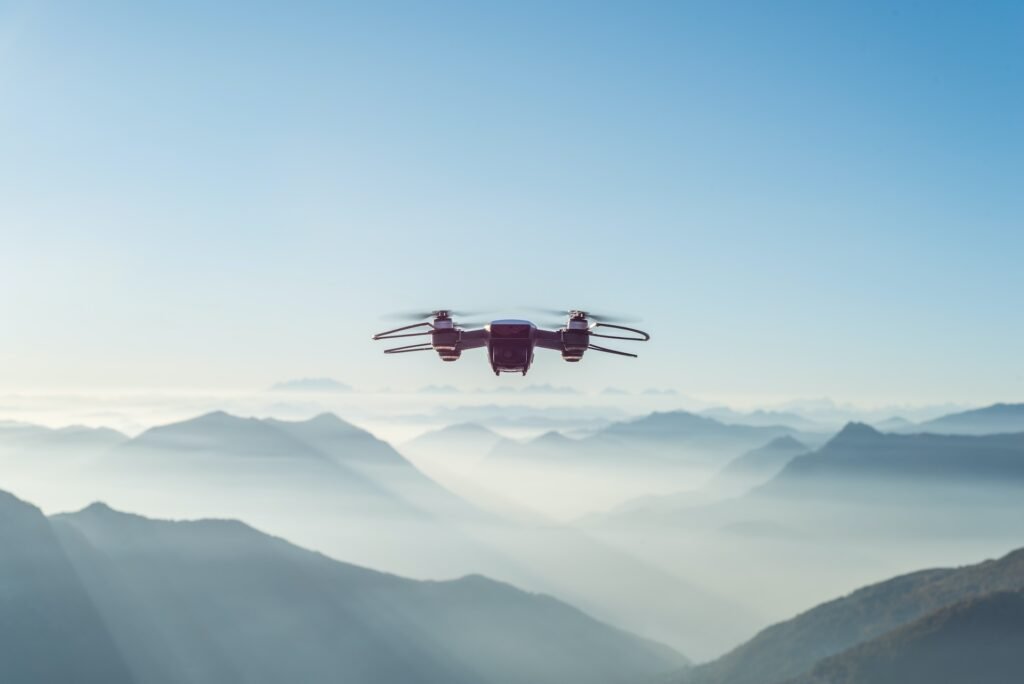Both natural and man-made disasters can strike without warning, leaving a wake of destruction and devastation in their wake. In such critical situations, timely and accurate information becomes a lifeline for first responders and relief agencies. This is where drone photography has emerged as a game-changer in disaster relief and management efforts. By providing real-time aerial imagery and data, drones have revolutionized the way we approach disaster response, assessment, and recovery. This article delves into the role of drone photography in disaster relief and management, highlighting its benefits, challenges, and future prospects.
The Emergence Of Drone Photography In Disaster Relief
In recent years, drone technology has made remarkable strides in various industries, and disaster relief is no exception. Unlike conventional means of aerial observation, such as helicopters and planes, drones offer a cost-effective and flexible alternative. Equipped with high-resolution cameras and advanced sensors, drones can capture detailed images and data from vantage points that are often inaccessible or hazardous for ground teams.
Assessing Damage And Prioritizing Response
One of the most significant contributions of drone photography in disaster relief is its ability to rapidly assess the extent of damage in affected areas. Following a disaster, response teams can deploy drones to survey the impacted regions, providing invaluable insights into the scale and severity of the situation. This data aids in prioritizing response efforts, directing resources to areas that require immediate attention, and identifying potential hazards for responders on the ground.
Enhancing Search And Rescue Operations
In disaster scenarios, every minute counts when it comes to locating and rescuing survivors. Drones equipped with thermal imaging cameras have proven to be instrumental in search and rescue operations, especially in situations where visibility is limited, such as during earthquakes, hurricanes, or collapsed buildings. The aerial perspective allows rescue teams to cover larger areas in a shorter time, increasing the chances of finding and saving lives.
Monitoring Disaster Evacuations
When disaster strikes, evacuating affected populations swiftly and safely becomes a top priority. Drones can aid in monitoring evacuation routes and assessing traffic patterns, identifying potential bottlenecks and hazards. This information helps authorities make informed decisions to ensure smooth and efficient evacuations, reducing the risk of further casualties.
Mitigating Risks For First Responders
Traditional disaster response often exposes first responders to hazardous environments, putting their lives at risk. Drones offer a safer alternative, allowing responders to gather crucial information without directly entering dangerous areas. This significantly mitigates the risks faced by the brave men and women on the front lines, enabling them to make informed decisions from a safer distance.
Real-Time Data Transmission And Analysis
In the fast-paced world of disaster response, real-time data transmission is paramount. Drones equipped with advanced communication systems can send aerial data directly to command centers and relief agencies, providing decision-makers with up-to-date information. This enables a coordinated response and better allocation of resources based on the evolving situation on the ground.
Overcoming Challenges In Drone Deployment
While the benefits of drone photography in disaster relief are evident, several challenges must be addressed for its effective deployment. The first hurdle is obtaining timely authorization for drone flights in restricted airspace, especially during emergencies. Collaborative efforts between local authorities and drone operators are essential to streamline this process and ensure quick and efficient deployment.
Another challenge lies in the technical expertise required to operate drones effectively in disaster zones. Training first responders and relief teams in piloting drones and analyzing data can help maximize the technology’s potential. Additionally, ensuring sufficient battery life and connectivity in adverse conditions is critical for uninterrupted drone operations during disaster scenarios.
Ethical Considerations In Disaster Drone Photography
While drone photography significantly enhances disaster relief, it also raises ethical concerns, particularly regarding privacy. Capturing imagery of affected individuals without their consent can be intrusive and even harmful. Establishing clear guidelines and protocols on data privacy and security is essential to ensure that drone operations do not infringe upon the rights of those being assisted.
The Future Of Drone Photography In Disaster Relief
As drone technology continues to advance, the future of disaster relief and management looks promising. Innovations like artificial intelligence and machine learning algorithms will play a significant role in automating data analysis and enhancing the speed and accuracy of disaster assessments. Additionally, ongoing research and development may lead to drones with extended flight times, increased payload capacities, and improved resilience to adverse weather conditions.
Conclusion
Drone photography has emerged as a valuable asset in disaster relief and management, transforming the way we respond to emergencies. Its ability to provide real-time aerial imagery, assess damage, aid in search and rescue operations, and support disaster evacuations has proven invaluable in saving lives and reducing the impact of calamities. While challenges and ethical considerations persist, ongoing efforts in regulation, training, and technology development promise to unlock even greater potential for drone photography in future disaster response scenarios. As we continue to witness the evolution of this technology, it is evident that drones will remain an indispensable tool in safeguarding lives and facilitating recovery in times of crisis.
Also Read about:
